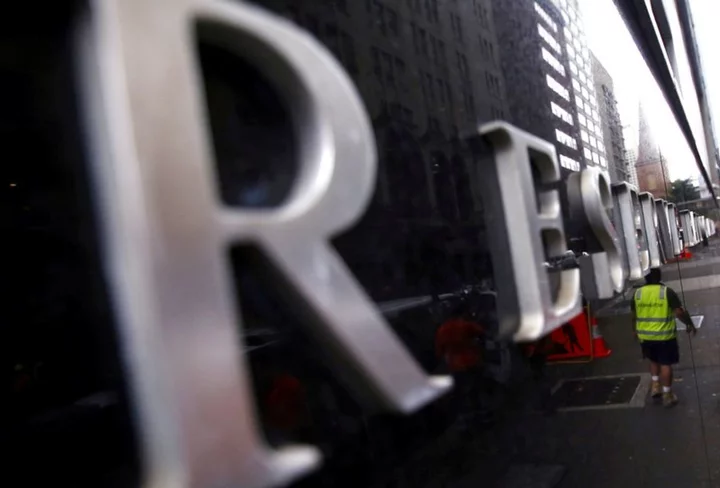SYDNEY Inflation in Australia is proving to be more stubborn than first expected, largely due to price pressures in the services sector, and bringing it down will be a drawn-out process, a top central banker said on Monday.
Speaking at a UBS conference, Reserve Bank of Australia (RBA) Assistant Governor Marion Kohler said inflation was still expected to decline but not expected to reach the top end of the RBA's 2%-3% target until the end of 2025.
"We now expect this to be a more gradual process than we previously thought, due to the still-high level of domestic demand and strong labour and other cost pressures," said Kohler, who is acting head of the RBA's economics department.
There was also risk high inflation now could feed into wage and price-setting behaviour and require even tighter policy to counter it, she added.
Concerned that inflation was not subsiding fast enough, the RBA last week raised interest rates a quarter point to a 12-year high of 4.35%. Markets imply around a 50-50 chance it will hike again sometime in the first half of next year.
Consumer price inflation ran at 5.4% in the third quarter, down from a peak of 7.8% last year but above RBA expectations. As a result, the central bank revised up its forecasts for inflation and economic growth in its quarterly statement on policy released last week.
Falling goods prices have led the slowdown in inflation, but domestically generated costs continued to rise, Kohler said.
"Still-strong levels of demand have allowed businesses to pass on cost increases to customers," said Kohler. "Wages growth has also picked up over the past year, but now appears to have broadly stabilised and is forecast to decline gradually over the next couple of years."
Activity in the economy had been supported by strong public and business investment, while a rapid rebound in the number of international students and tourists had contributed to robust growth in overall consumer spending domestically, she said.
Economic growth was still expected to be below trend over the year ahead, she added.
"This is mainly because of subdued growth in household consumption as cost-of-living pressures, higher interest rates and higher tax payable all continue to weigh on disposable incomes for a time."
(Reporting by Wayne Cole. Editing by Sam Holmes)

